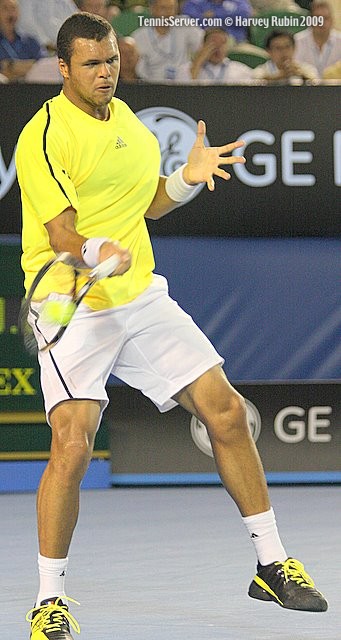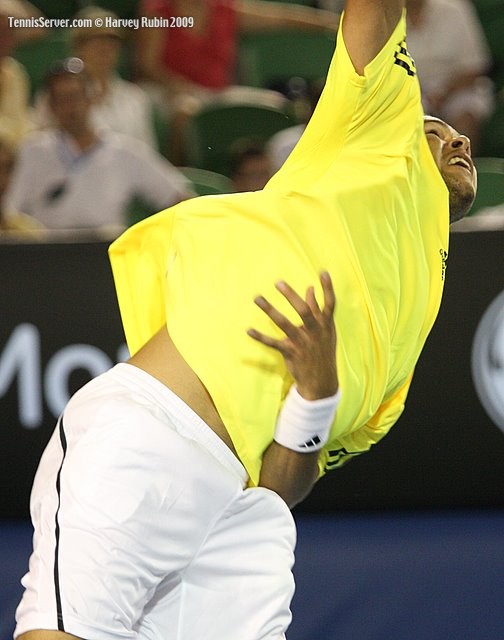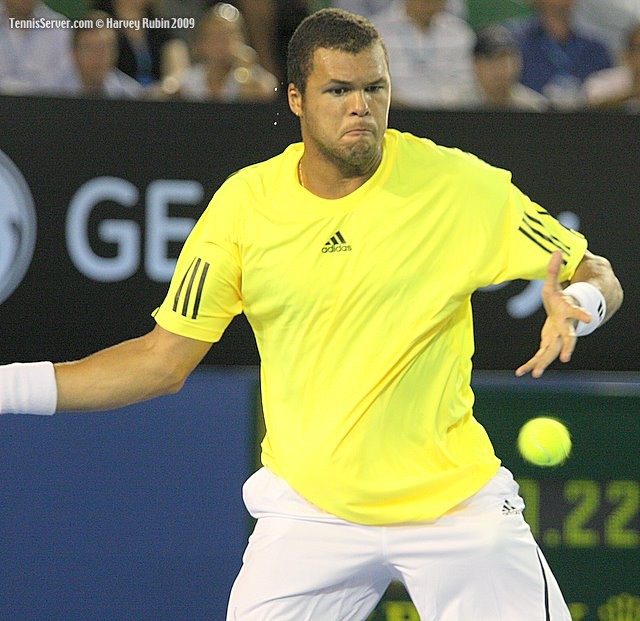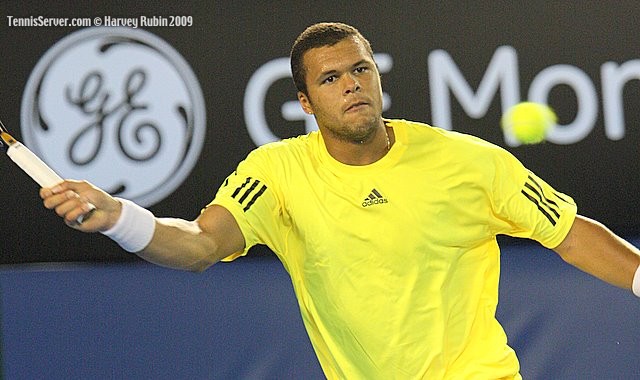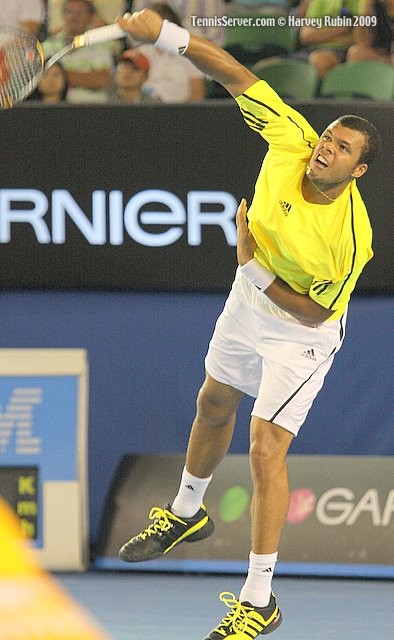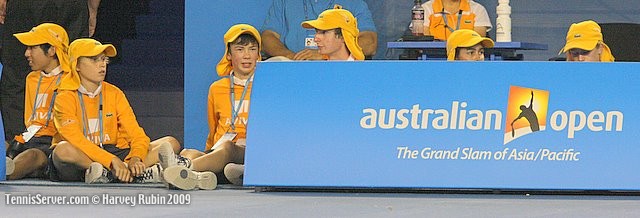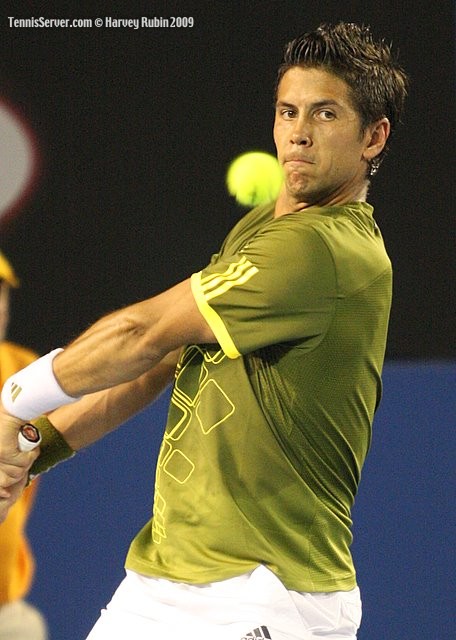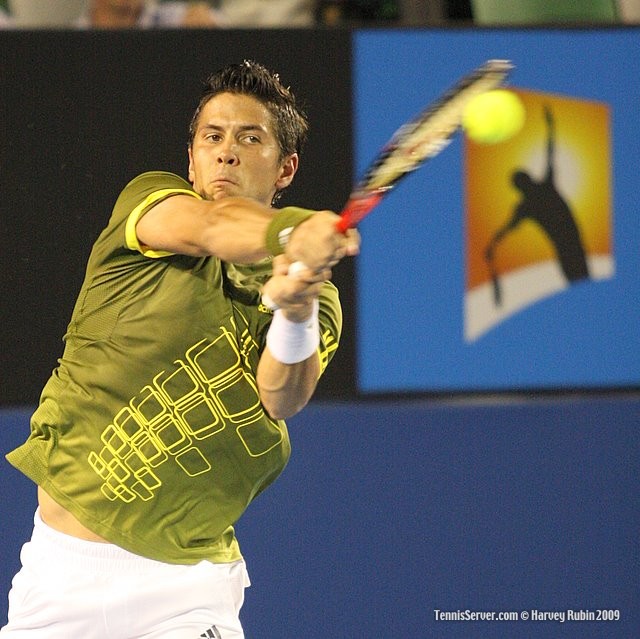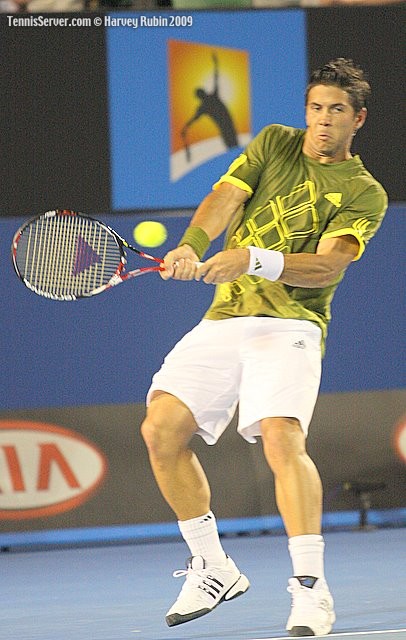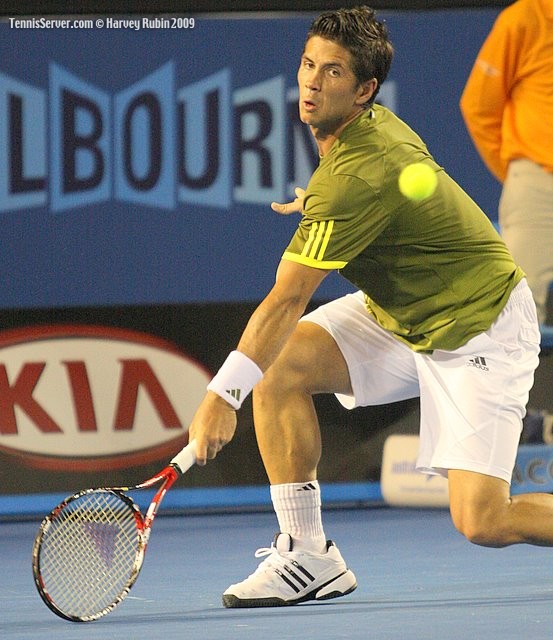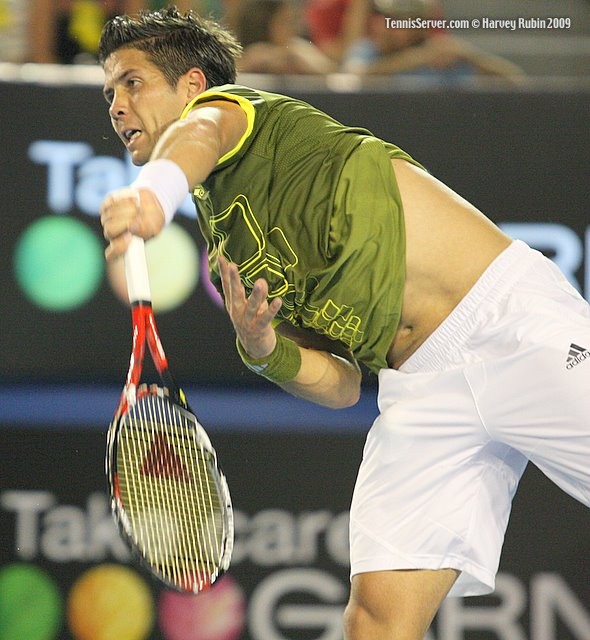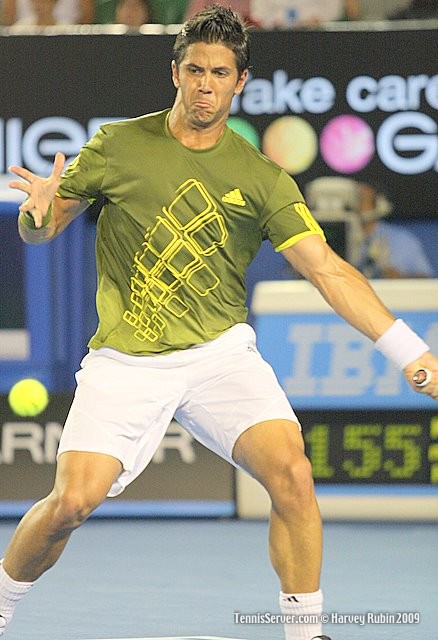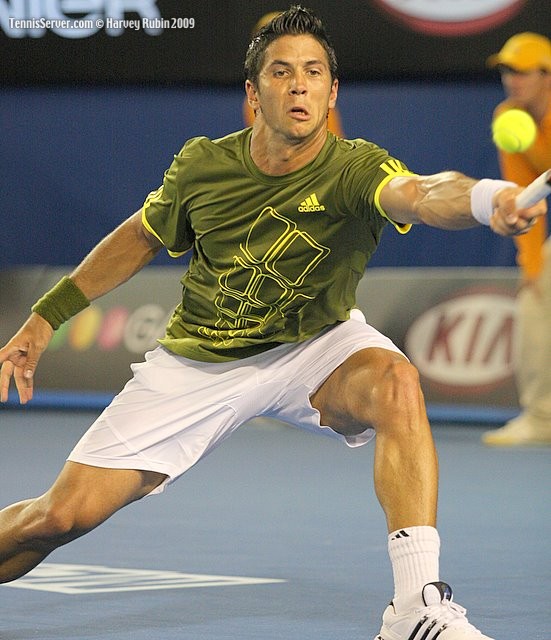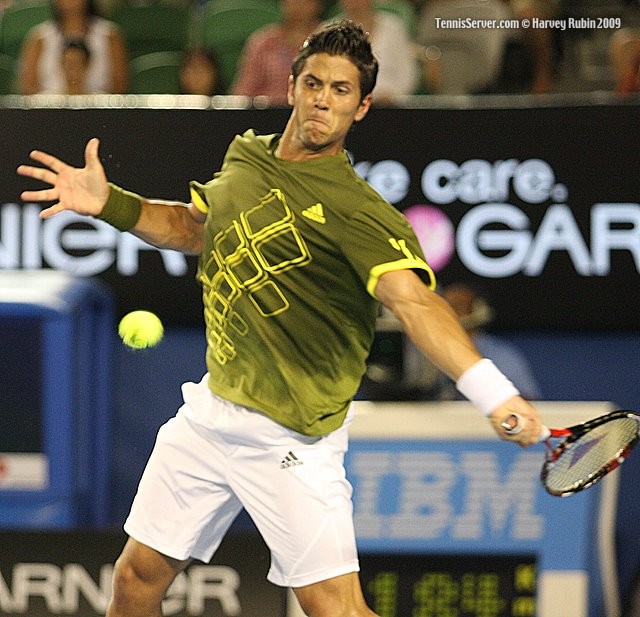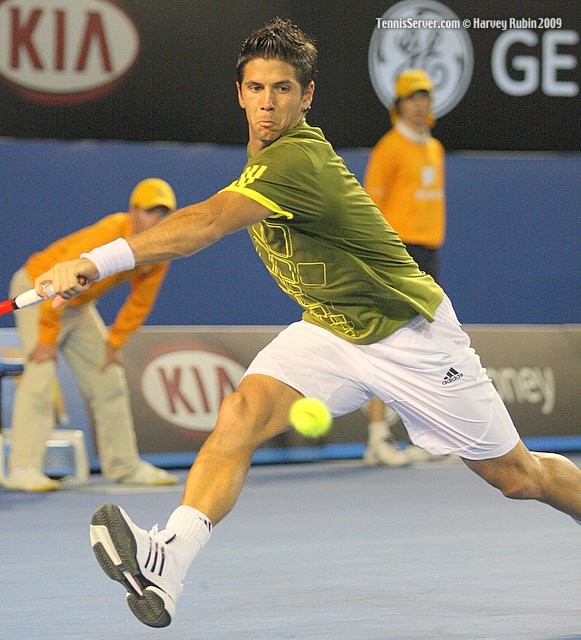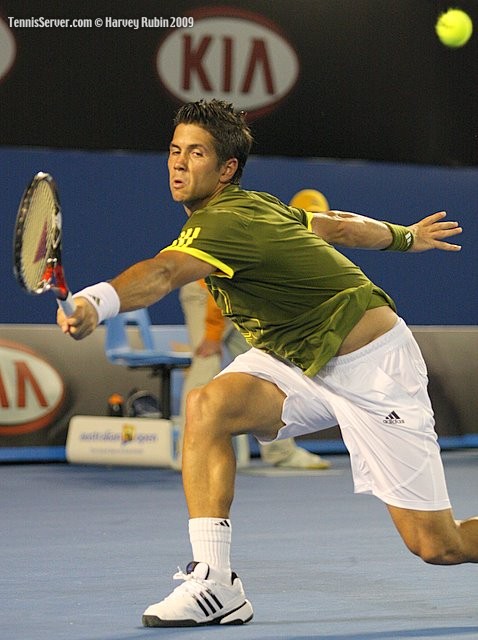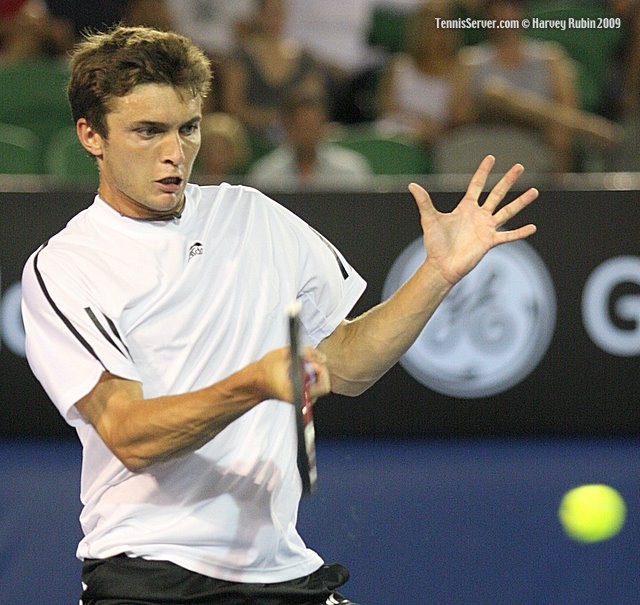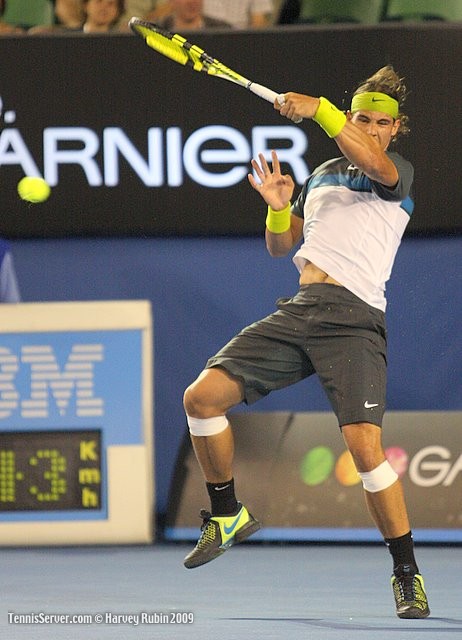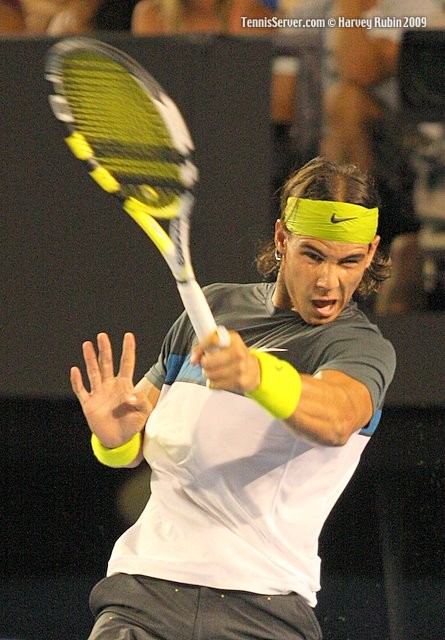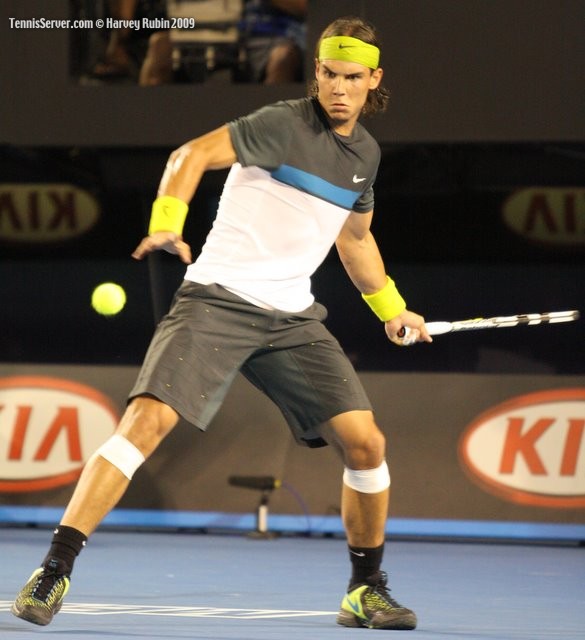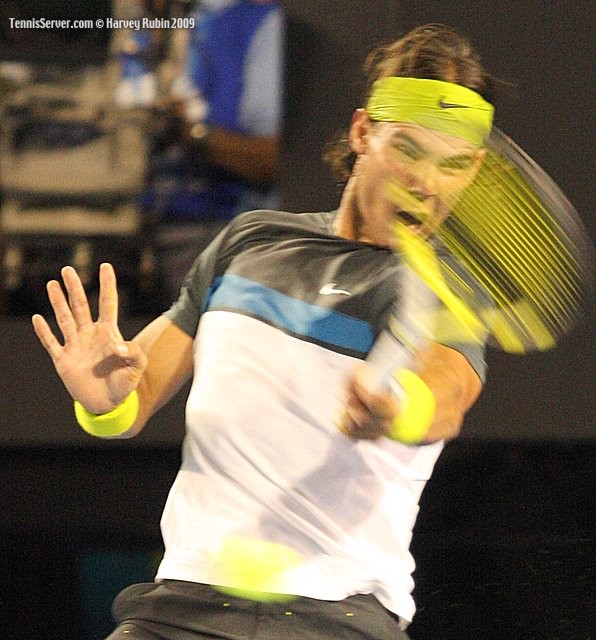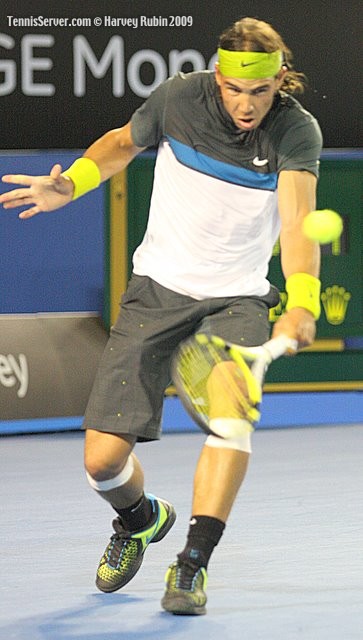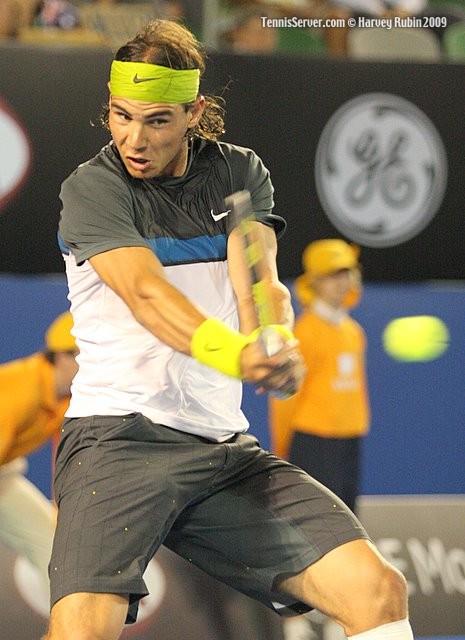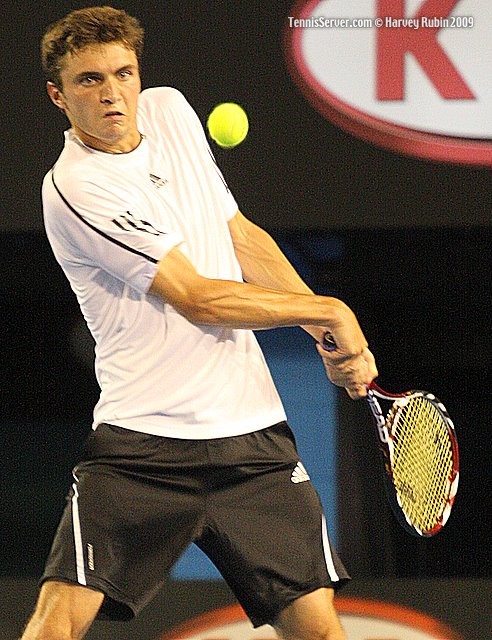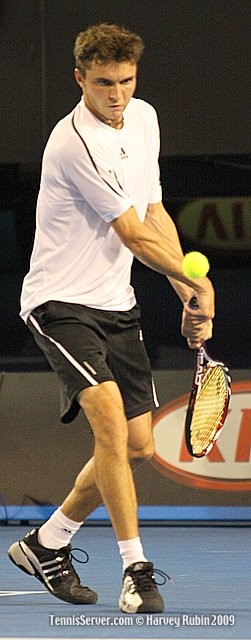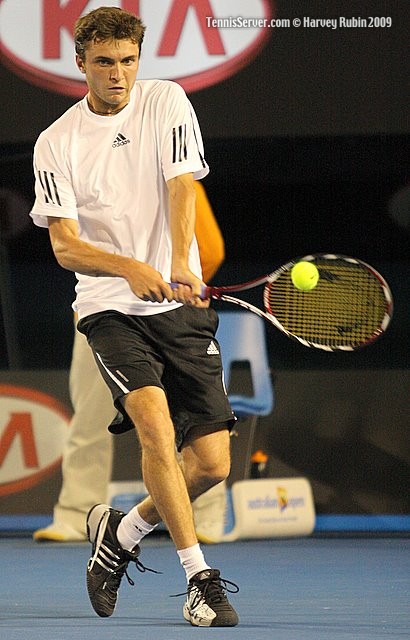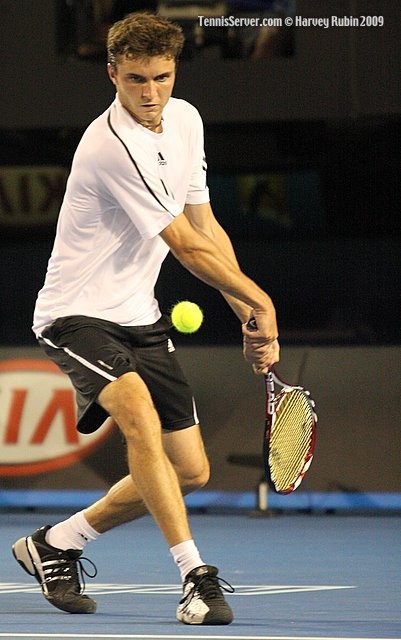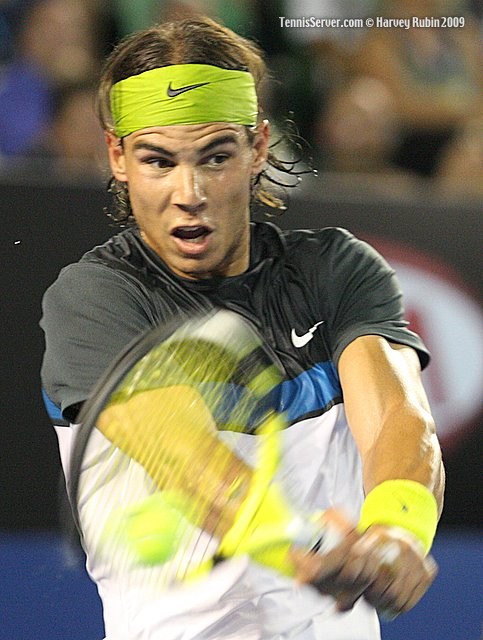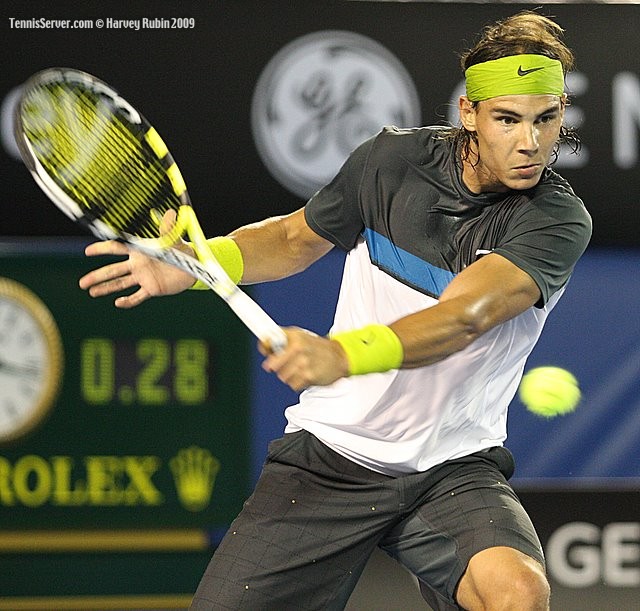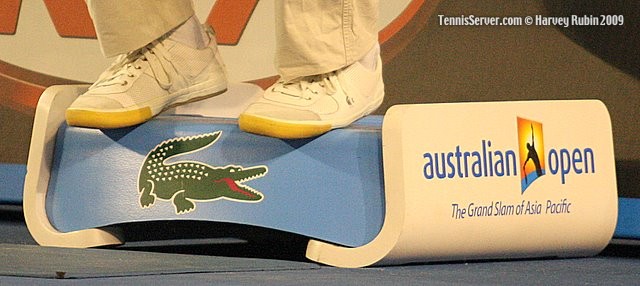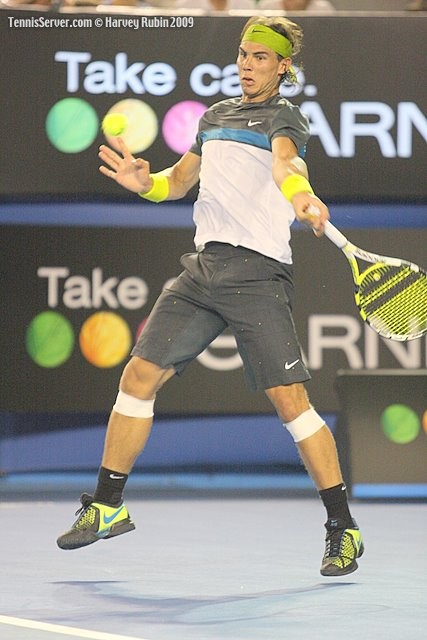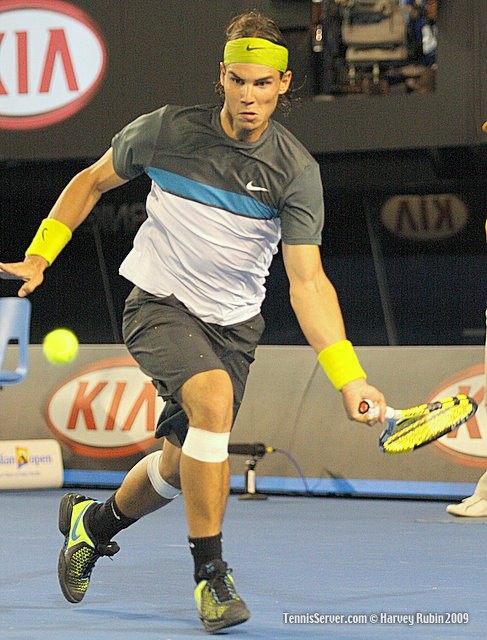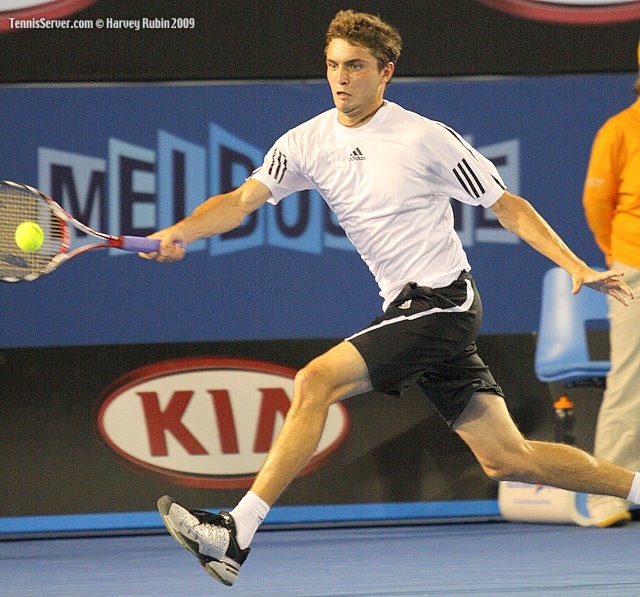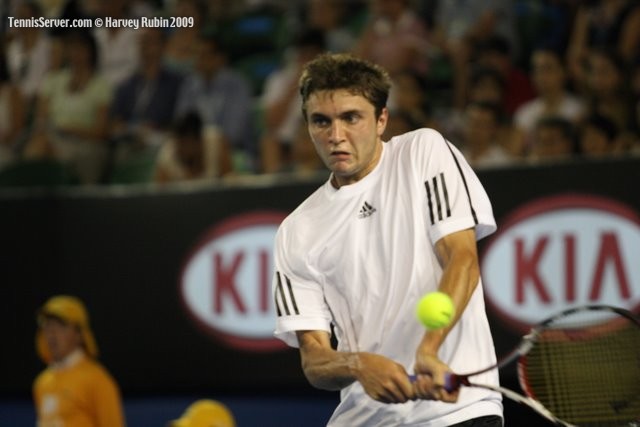Hot and Bothered in Melbourne Park
January 28, 2009 -- Tennis took a back seat to hot temperatures at the Australian Open today as record highs engulfed Melbourne Park and vicinity. After the first set of the quarterfinal match between Svetlana Kusnetsova and Serene Williams the extreme heat policy was invoked and the roofs closed on Rod Laver Arena. Players, fans, and the media questioned the decision, and the timing of it. The on-court temperature was reported at 142 degrees yesterday when Andy Roddick and Novak Djokovic scrambled around Rod Laver, but the roof stood wide open.
To assist curious minds in their understanding of the new Extreme Heat Policy, Tournament Director Craig Tiley called a press conference. Apparently the policy has evolved over time, with updates and changes a direct result of WTA and ATP input. Tiley emphasized that the "heat rule," as it is commonly called, is implemented at the discretion of Tournament Referee Wayne McKewen.
"When the Extreme Heat Policy is [invoked]," Tiley began, "the players will complete that set that they're on. At the conclusion of that set, they'll come off court."
After that, Referee McKewen uses what's called a Wet Bulb Globe (that's really its name) to detect an index number that actually is a composite of the temperature's effect, humidity, and solar radiation. If the number is between 31 and 32 he can invoke the policy as he did today.
Tiley emphasized that the new Extreme Heat Policy allows the roof to be closed during a match. Before 2007, if a match started with the roof open it finished with the roof open. The roof can also re-opened or re-closed during a match, again at the discretion of the tournament referee.
Tiley is willing to talk with players at the end of the tournament if something isn't right. He will consider appropriate adjustments, adding that the tournament's main goal is to "'... always of protect the performance of the players.'"
Interestingly, no player in the main draws has been reported with "life-threatening heat stroke," which is a very serious and infrequent condition. "'The players we've seen have only had very mild heat illness without any need for intravenous re-hydration or anything drastic like that,'" Dr. Tim Wood, who was also present at the press conference, added.
Come to think of it, the four players that remain standing in the men's singles draw are probably the fittest and, therefore, the most prepared for the extreme weather conditions at Melbourne Park.
Rafael Nadal could run for days in the heat, pumping his fist all the way. Roger Federer, at the end of last year's Wimbledon marathon, looked frightfully fresh for having been in the battle of his life for the previous five hours. Andy Roddick, too, in his match against Novak Djokovic scampered to the baseline after each changeover as his downtrodden opponent shuffled to his side of the net looking forlorn. Andy's slimmed-down physique came from countless hours on court with his new coach Larry Stefanki drilling the tread off his tennis shoes to get him in shape for the Australian Open, and beyond. Fernando Verdasco trained with Gil Reyes -- Andre Agassi former trainer -- in Las Vegas over Christmas instead of taking an island holiday, or whatever he had planned for rest and relaxation.
With weather forecasts calling for more extreme heat -- the hottest in the country's history -- these four will thank their lucky stars, their coaches, and their love of the game for time well spent training. However, if the Wet Bulb Globe doodad radiates between 31-32 the air-conditioned temperatures inside Rod Laver Arena will dip to a comfy 85 degrees, a pleasant ambiance for semifinals and the final if the tournament referee wants.
Whatever weather blows their way, the men's and women's semifinals will rock. Can Federer continue his stranglehold on Roddick? The Swiss star has had Andy's number every time they've met in the semifinal or final of a major. Rafael Nadal holds an impressive 6-0 record against his compatriot Fernando Verdasco, who is in untested waters as he approaches his first semi of a Grand Slam. They will have to put their friendship on hold for the duration of the match, too.
Serena Williams is the veteran on the women's side. She's going for her fourth title here and will play Russian Elena Dementieva, #4 seed. Serena leads in head-to-head matches 4-3. However, Dementieva has beaten the Williams the last three times they've played. Dementieva has suffered hard loses in the finals of the French Open and the U. S. Open. She will do anything to get through to the final.
The Russians Vera Zvonareva and Dinara Safina are new to Grand Slam semifinals, too. The biggest stage for Zvonareva was in Doha last November when she finished second at the year-ending championships to Venus Williams. Dinara Safina sprang to the fore of tennis last year in Berlin after she defeated the soon-to-retire Justine Henin. Safina is fit, resilient, and stubborn.
Any one of these four women could take the title. Only two will have that chance.





 You will join 13,000 other subscribers in receiving news of updates to the Tennis Server along with monthly tennis tips from tennis pro Tom Veneziano.
You will join 13,000 other subscribers in receiving news of updates to the Tennis Server along with monthly tennis tips from tennis pro Tom Veneziano. 
